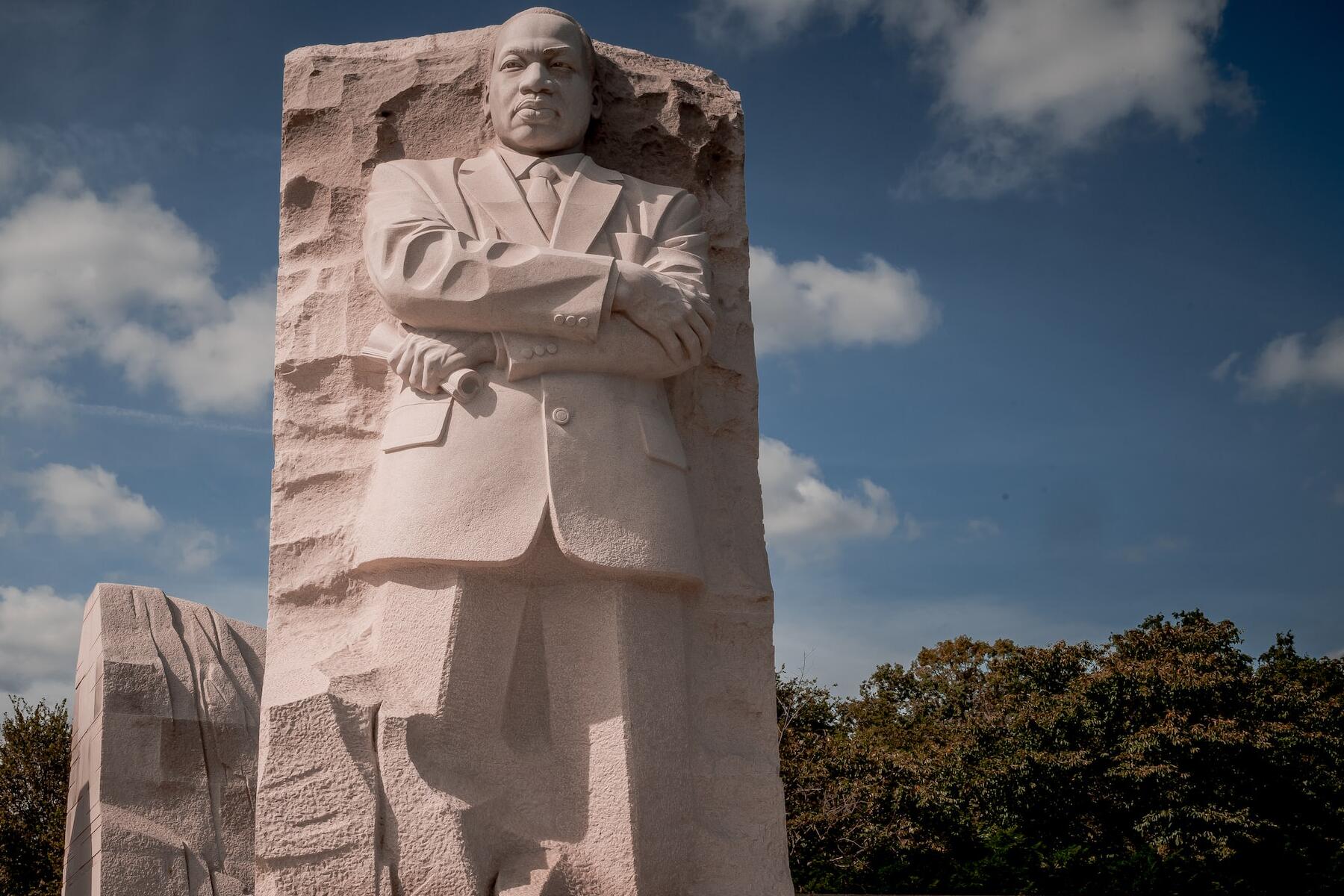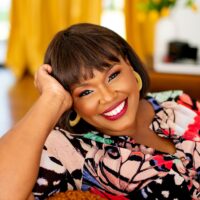From national memorials to museums and parks, Washington, D.C. has a bounty of Black history to learn and celebrate.
As the epicenter of American politics, Washington, D.C., is a historical and cultural juggernaut, despite being only 68 square miles in size. The nation’s capital has many takeaways about the country’s founding. But woven into those narratives are oft-forgotten legacies of the many contributions of African Americans in D.C.
It’s been a haven for freedmen since 1862 when Congress passed the D.C. Emancipation Act. The Act freed enslaved people in D.C. nine months before President Lincoln set his pen to the Emancipation Proclamation. By the start of the 20th century, D.C. was the first city to have a majority African American populace. For decades, African Americans everywhere affectionately referred to D.C. as “Chocolate City.”
But the city has transformed in the last few decades. While it no longer lives up to its former moniker, when you look in the right places, you can still find Washington, D.C.’s rich Black history and culture.





